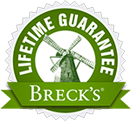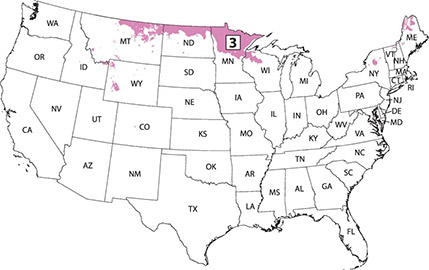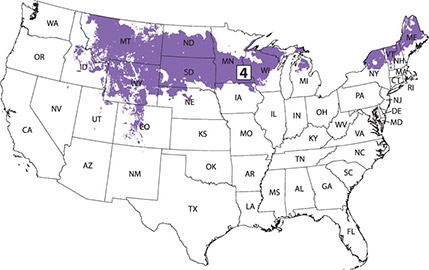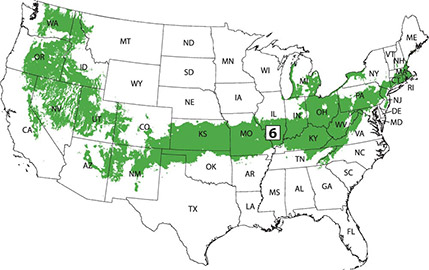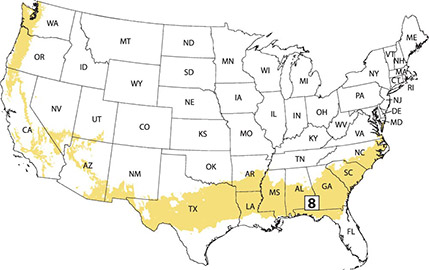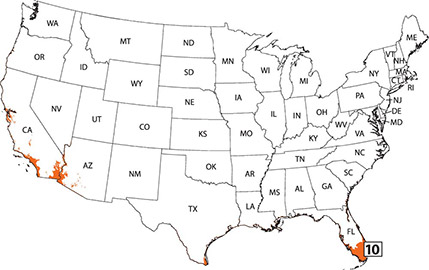U.S. Growing Zone Finder & Plant Hardiness Zone Map
Before planting, it is important to know your growing zone to ensure success and avoid unwelcome setbacks in your garden. Check our color-coded plant hardiness zone map of the United States to find which hardiness zone you live in, or type in your zip code below to find your exact planting or growing zone.
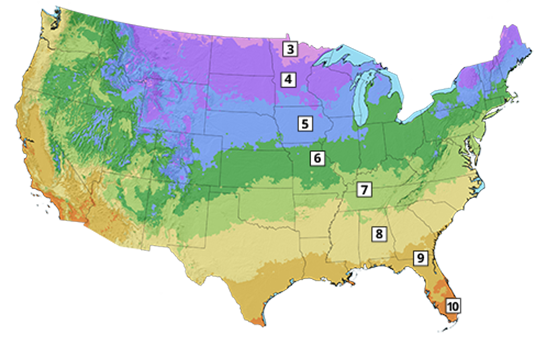
| Map Color | Zone No. | Lowest Avg. Winter Temperature |
| 3 | -40° to -30° F | |
| 4 | -30° to -20° F | |
| 5 | -20° to -10° F | |
| 6 | -10° to 0° F | |
| 7 | 0° to 10° F | |
| 8 | 10° to 20° F | |
| 9 | 20° to 30° F | |
| 10 | 30° to 40° F |
Plant hardiness is very important to growing success. Check the colour-coded plant hardiness zone map to determine which hardiness zone you live in, or type in your zip code below to find your flower zones. You'll find USDA hardiness zone designations at the end of many of the plant descriptions on this site and in the print catalogue. A variety marked "Zones 3-8," for example, should grow and thrive in zones 3, 4, 5, 6, 7 and 8.
Plant hardiness is very important to growing success. Check the colour-coded plant hardiness zone map to determine which hardiness zone you live in, or type in your zip code below to find your flower zones. You'll find USDA hardiness zone designations at the end of many of the plant descriptions on this site and in the print catalogue. A variety marked "Zones 3-8," for example, should grow and thrive in zones 3, 4, 5, 6, 7 and 8.
Shop for Plants by Your Garden Zone at Breck's:
What Are Planting or Growing Zones?
In the United States, planting zones are specific locations that correspond to which plants can grow well there. The planting zone map is based on the average annual minimum winter temperature, and which varieties of flowers and plants can survive and thrive in those conditions. There are a total of 11 growing zones in the United States as defined by the USDA, of which 8 are located in the lower 48 states.
How Do I Find Out What Growing Zone I Live In?
The best way to find out which growing or planting zone your garden is in is to use our convenient zone finder tool found at the top of this page. Simply enter your zip code and get information on your planting zone. Remember that zone maps cannot account for deviations in typical zones such as micro-climates or if your location is associated with unusual conditions for the region. Always remember that growing zone maps are not perfect and that elements like soil, moisture, humidity, heat, or other weather conditions at the time can influence how well your plants will grow in any particular US growing zone.How Can I Tell Which Growing Zone a Plant Will Thrive In?
You'll find USDA hardiness zone designations at the end of many plant descriptions on the Breck's website and in our free print catalog. A variety marked "Zones 3-8," for example, should grow and thrive in planting zones 3, 4, 5, 6, 7, and 8.What Time of Year Is Best for Planting in Each Growing Zone?
Planting times depend upon which growing zone you're gardening in, and which types of plants you're placing in the ground or containers. It's all about the temperature needs of your plants. So, how do you know when to plant? You'll need to know your last frost date and first frost date!The final frost date is the last day you can expect frost.
- Many potted plants and tender rhizomes must be kept indoors until after all threat of frost has passed, and some bareroots need to be kept out of frosty conditions in their first year.
- Some cold-hardy plants, such as leafy vegetables grown from seed, can go into the ground before the last frost date.
- Knowing your final frost date can also help you plan for starting flowers indoors. For example, if you plan to put dahlias outdoors after the last frost, but want an early start on them, you can count backward from that last date.
- Some summer bulbs need to come out of the ground before the first frost. These varieties include caladiums and others that don't naturally encounter frost at all.
- If you plan to lift and bring hardier bulbs inside, you'll need to wait for that final frost, and for the foliage to die back. For most summer bulbs, that occurs six weeks after flowering.
- If you're planting hardy bulbs, such as tulips or daffodils, do that after the first frost.
- Zone 3: Plant flowers in late May. In Zone 3, the last frost of spring may occur as late as May 16. The first frost date for Zone 3 falls around mid-September.
- Zone 4: Plant after Mother's Day. In Zone 4, the last frost of spring may occur as late as May 12. The first frost date for Zone 4 falls in late September.
- Zone 5: Plant after April. In Zone 5, the last frost of spring may occur as late as April 30. The first frost date for Zone 5 falls in mid-October.
- Zone 6: Plant after Easter. In Zone 6, the last frost of spring may occur as late as April 21. The first frost date for Zone 6 falls in mid to late October.
- Zone 7: Plant after March. In Zone 7, the last frost of spring may occur as late as April 3. The first frost date for Zone 7 falls in late October.
- Zone 8: Plant after St. Patrick's Day. In Zone 8, the last frost of spring may occur as late as March 28.. The first frost date for Zone 8 falls in November.
- Zone 9: Plant in early spring. The last frost date for Zone 9 is around February 28. The first frost won't occur until December.
- Zone 10 doesn't freeze.
Which Plants Are Best for Growing in My Zone?
It's a sad truth that we, as gardeners, often need to garden within the constraints of our zones. But, with modern cultivars, many formerly picky genuses are accessible to gardeners across the United States!Cold climates require winter-hardy perennials, or plants that don't mind being lifted and stored over winter. Look for reliable plants, and try native species that are naturally built for the weather. You'll also appreciate deep-rooted plants, trees and shrubs that aren't damaged by wind and dryness.
Temperate climates are the lucky ones of the United States: warm enough for lots of winter-hardy options, and cool enough to make your bulbs bloom in spring. Check the lifting requirements for your tender bulbs, and keep an eye toward native cultivars.
Warm climates are often damp, so look for plants that can handle a lot of moisture. And, don't sleep on those tropical favorites, like caladiums and calla lilies, that don't perform well in colder temps! Classic hardy bulbs can be successful in warm climates, they simply need to be cooled for a few months during winter.
Have another question? Call Customer Service at 513-354-1512. Return to the Customer Service Help page or send an email directly to Customer Service .





